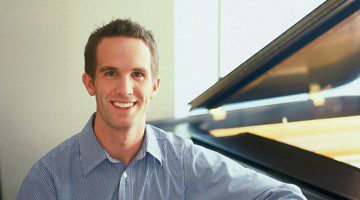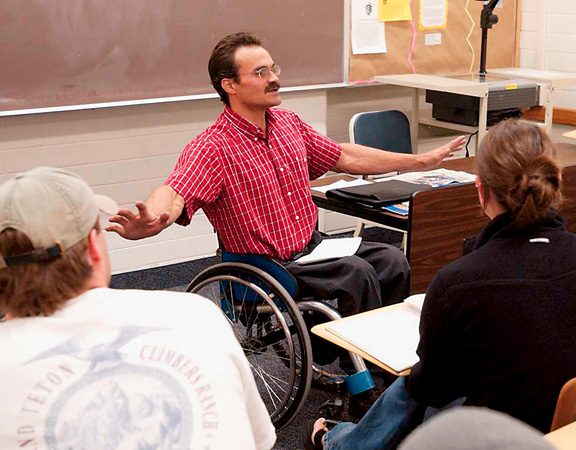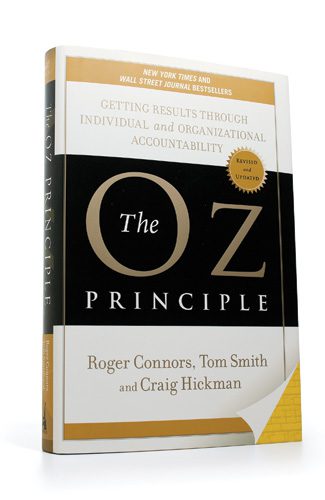By Jeff McClellan
From the opening conch shell welcome to the concluding Polynesian and Oriental dances and the Tongan choir, the June 20 capital campaign kickoff at BYU–Hawaii had a definite island flair. For many, formal dresses and suits and ties were replaced by tropical attire and floral leis. The opening prayer was preceded by a Hawaiian chant, and the food was as international as the BYU–Hawaii student body.
The relaxed, multicultural atmosphere at the event in Laie, Hawaii, only added to the message of the gathering. Friends of the university and dignitaries from BYU–Provo, BYU–Hawaii, the LDS Church, and local governments assembled to learn about BYU’s campaign to raise $250 million. Specifically, they were told about the $15 million that will go to support the multicultural BYU–Hawaii campus.
“Our purpose here this evening is three-fold,” said Elder Dallin H. Oaks, the keynote speaker and a member of the LDS Church’s Quorum of the Twelve Apostles, “first, to praise and reaffirm the educational goals and ideals of Brigham Young University–Hawaii; second, to thank those who’ve already given financial and other support; and third, to encourage further contributions to the university.”
Elder Oaks and the other speakers reminded the 400-member audience of the uniqueness and value of BYU and its Hawaii campus. “The world of higher education–indeed this state and this nation and the world–needs BYU and its graduates because they offer an essential ingredient whose supply is seriously diminishing,” said Elder Oaks, a former BYU president and the current chair of the Polynesian Cultural Center’s board of directors.
While much of higher education today has ousted religious values and the traditional academic search for truth, he said, BYU continues seeking truth, with religion enhancing the quest and giving it purpose. “We have a philosophy about how and why an education should be pursued. Our religious faith affirms the importance of individual behavior. It also teaches us that we have a stewardship to use knowledge for the benefit of mankind. This selfish and self-centered world needs that ideal of service.”
At BYU–Hawaii, that ideal of service is coupled with a cultural diversity unparalleled in U.S. colleges and universities. Of the 2,142 students that attended the school in winter semester 1996, 778 of them were from countries other than the United States. What is more remarkable is the peace and harmony that exists among the BYU–Hawaii student body, which represents more than 60 nations.
Such international peace and harmony are at the center of the school’s mission. At the kickoff, Alan Ashton, one of the three volunteer campaign co-chairs and grandson of former Church President David O. McKay, spoke of his grandfather’s words at the 1955 dedication of the school, then known as the Church College of Hawaii.
“President McKay said when he was here dedicating the Hawaii campus that peace would go from these students throughout the world,” said Ashton. “What a great blessing it is to realize that the students here go back to their own lands and their own peoples and take the education, light, knowledge, and all that they have learned here to establish greater peace and contentment. Those are blessings that you can’t put
a price to.”
BYU–Hawaii may have a priceless value, but the $15 million from the capital campaign will help improve the school’s effectiveness. In the early days of planning the campaign, however, BYU–Hawaii wasn’t included. But then BYU President Rex E. Lee began emphasizing that BYU is one university with two campuses.
“Paul spoke of ‘one Lord, one faith, one baptism.’ Our paraphrase is, ‘one Lord, one university, two campuses,'” said President Lee at the November 1994 inauguration of BYU–Hawaii President Eric B. Shumway. In 1995, after a year or two of preparation, the Hawaii campus became an official part of the capital campaign.
“We tell two stories about one university,” says President Shumway. “The story of BYU–Hawaii and the story of BYU–Provo mix. The prophetic destinies are the same.”
Current BYU President Merrill J. Bateman is also seeking to bring the campuses closer. “When I talk about BYU, I’m referring to both campuses,” he says. “They are each a part of Brigham Young University. But BYU–Hawaii is not just a part of BYU–Provo; as an institution, it has its own mission and direction that is peculiar and distinct to that campus. It’s very important that it fulfills that mission. And yet, we can see many ways in which the two campuses benefit by a close working relationship.”
The distinct goals and objectives of BYU–Hawaii led to distinct priorities in the capital campaign, although the three major groupings remain the same. Under the first goal, Teach More Students, the Hawaii campus has focused its efforts on raising $5.6 million to be used for scholarships and grants-in-aid. With its mission to primarily serve students from the Pacific and Asian Rim, BYU–Hawaii often seeks and attracts students who cannot in any way afford a university education on their own.
The second goal, Enhance Educational Quality, at BYU–Hawaii includes $4.8 million in funding for a Hawaiian language and culture program, an international business program, faculty development, an outdoor track, and language, reading, and writing centers.
Extend BYU’s Influence, the third goal, provides for $5 million to be used to build the school’s endowment.
“All the money donated to this capital campaign will go specifically to the program the donor chooses–no overhead, no bonuses, no skimming. It’s a total gift for a total benefit for our students,” said President Shumway at the kickoff.
President Shumway speaks highly of the school’s students, many of whom go on to succeed in big ways after graduating from the accredited four year undergraduate institution. And the students are grateful for their opportunities to attend the school, he says.
In December, the BYU–Hawaii women’s volleyball team captured its sixth national title, and the team captain, an international student named Anik Valiengo, was named the tournament’s most valuable player. To
celebrate, the team gathered for a testimony meeting in Anik’s room.
“We knelt in prayer,” recalls President Shumway, who joined the gathering with his wife. “Then each young woman and the coaches expressed themselves. The concluding testimony was given by Anik, herself, who is a good Catholic in a Mormon school. She said, ‘I came from very poor circumstances. I know now that BYU–Hawaii is not about national championships but about education.’ Then turning to me, who represented to her the university, the board of trustees, and those who made her experience possible, she said, ‘Thank you for giving me a chance for education. Thanks for giving me hope, a life, a future.'”









